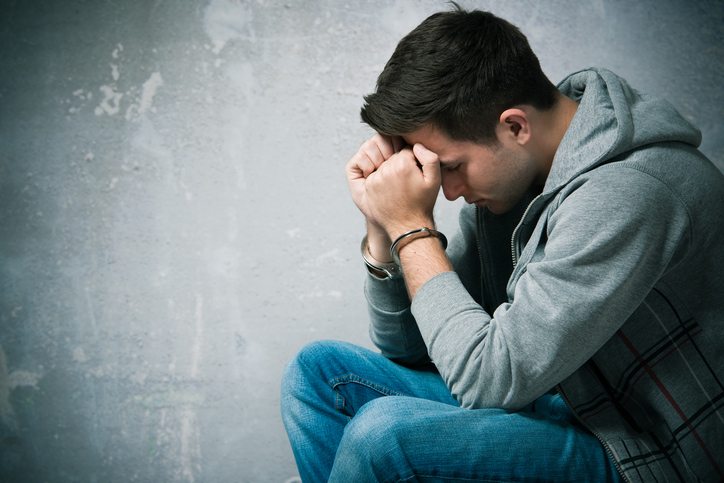 Overview
Overview
People naturally live together in groups. Without rules to govern these groups, chaos and injustice would result. The rules that are created to govern society are called laws; and they allow people to live together as a multitude with order instead of a crowd with confusion.
Certain acts are deemed harmful to society and are labeled as crimes. The purpose of criminal law is to provide peace and order in society. The authority of the government to enact and enforce criminal laws to protect the public health, safety, and welfare is called the state’s police power. In the United States’ system of federalism, much of the police power is given to the states.
Classification of Crimes
A federal, state, or municipal law must define an act as being unlawful for it to be considered a crime. The laws that define criminal acts are called penal codes. This is known as substantive criminal law and is the part of criminal law that defines crimes and punishment.
There are four basic categories under which criminal acts fall:
- Treason: The rarest of criminal acts, treason occurs when a party attempts to overthrow the government.
- Felony: Felonies are serious crimes that are punishable by more than one year in prison.
- Misdemeanor: The commission of a misdemeanor is punishable by less than one year in prison.
- Infraction: Crimes that are less serious in nature, and are generally only punishable by fines, are called infractions, offenses, or violations. An example is a speeding violation.
Crimes are also often subdivided into degrees. First degree crimes are the most serious, followed by second degree crimes, and so forth down to third and even fourth degree crimes.
The Model Penal Code (“MPC”) pioneered this system of degrees. The MPC was first written in the 1960’s and has been continually fine-tuned since that time. Its purpose is to provide a universal system for categorizing crimes. Many states have adopted at least some portions of the MPC.
The Criminal Law System
The part of criminal law that establishes the rules by which the accused is brought to trial is called procedural criminal law. It has three phases. It begins with an investigation, moves through the trial process, and concludes in the penal stage.
Various actors play roles in each of these phases.
- The accused, known as the defendant, is involved in every part of the criminal process.
- Police officers and detectives work on the investigation.
- Attorneys, judges, juries, and witnesses are involved during the trial process. The state’s attorney who has the duty to try the case against the accused is the prosecutor.
- Probation and correctional officers enter the scene if the accused is sentenced.
These three phases may overlap. For example, investigators and officers are often witnesses in criminal trials.
The Elements of a Crime
There are two elements that a prosecutor must prove in nearly all criminal cases:
- Guilty Mind: A defendant must intend to commit the crime. Intent can be shown by knowledge, purposefulness, or recklessness.
- Criminal Act: The accused must commit the criminal act. For instance, in a murder case, the prosecutor must prove that the accused killed another human.
Moreover, the prosecutor must also prove all the elements of a crime beyond a reasonable doubt. This means that the jury can have no reasonable doubts that the defendant committed the alleged crime and did so with the necessary mental state.
The Defendant’s Rights and Defenses
A person who is charged with a crime has certain rights. The U.S. Constitution provides the accused with various protections, such as a right to a trial by jury, the right to confront accusers, and the ability to be represented by counsel.
Defendants are also guaranteed the right to put on a defense. Defenses can range from a complete denial of the charges to a justification or excuse for having committed the act.
